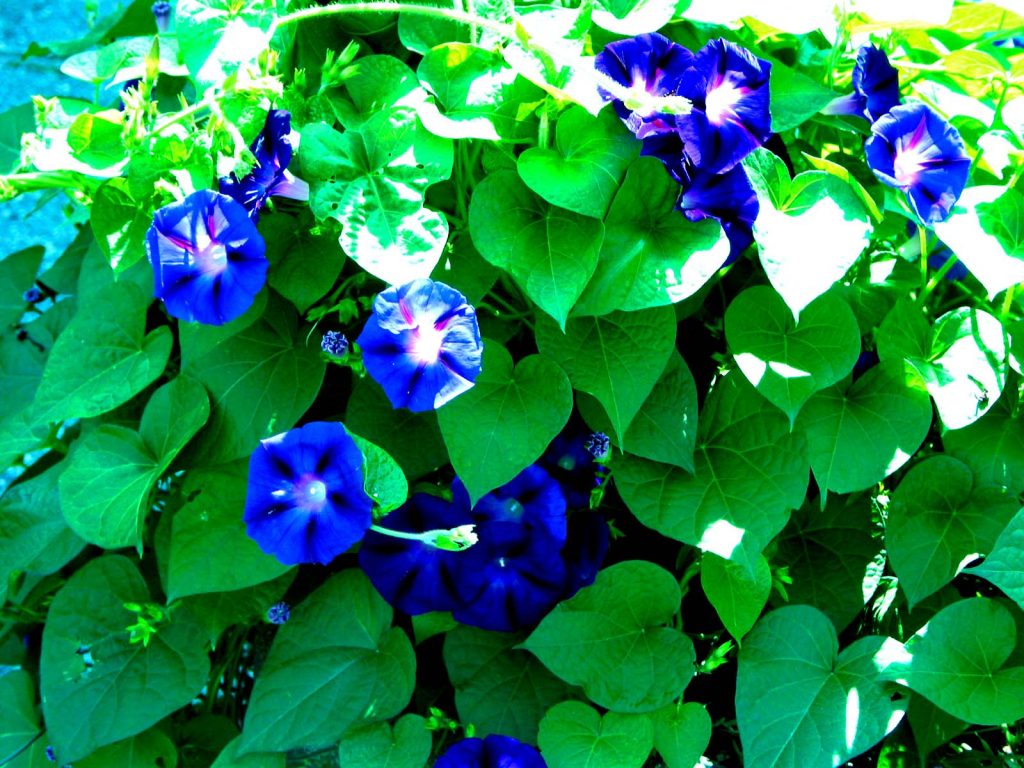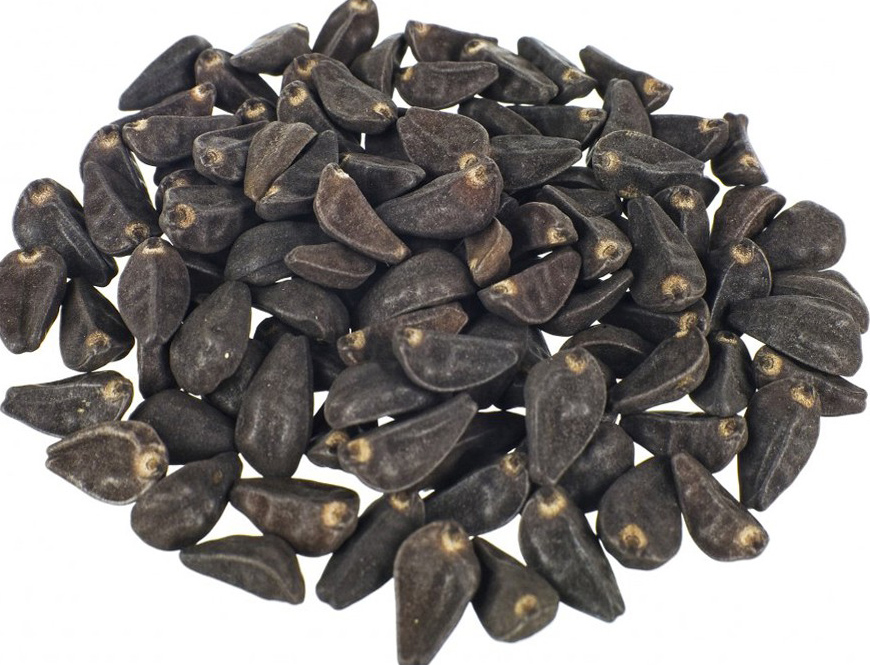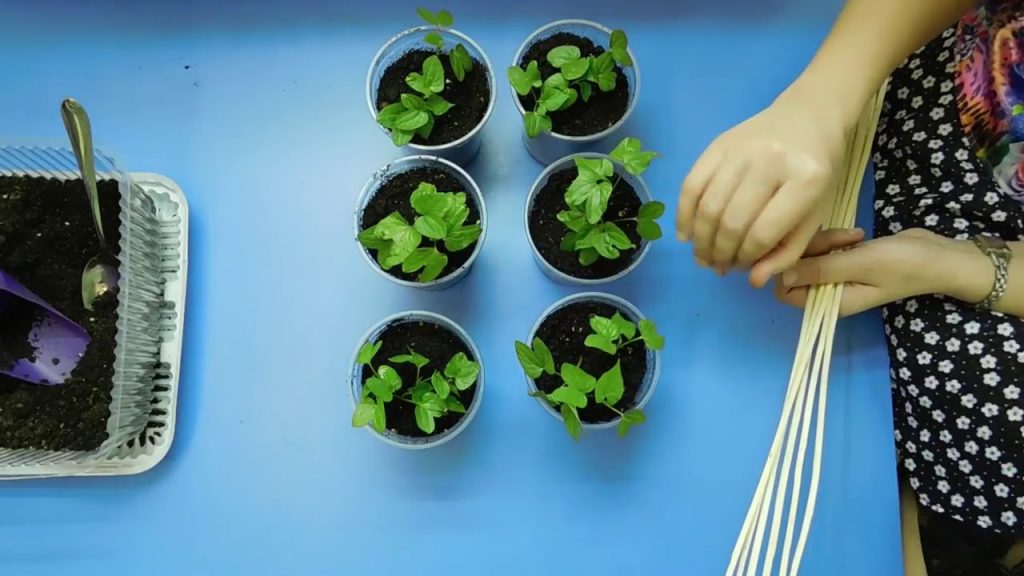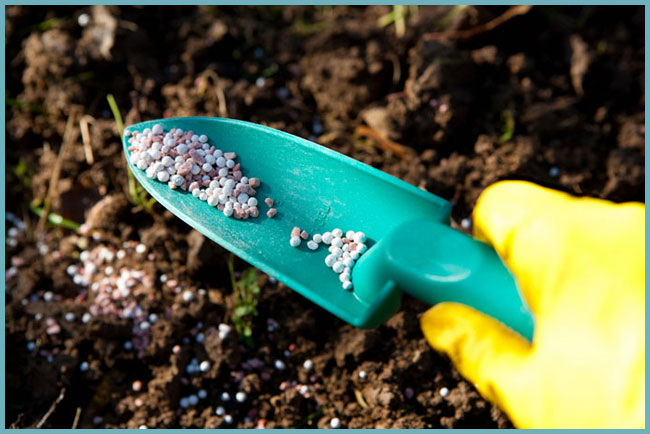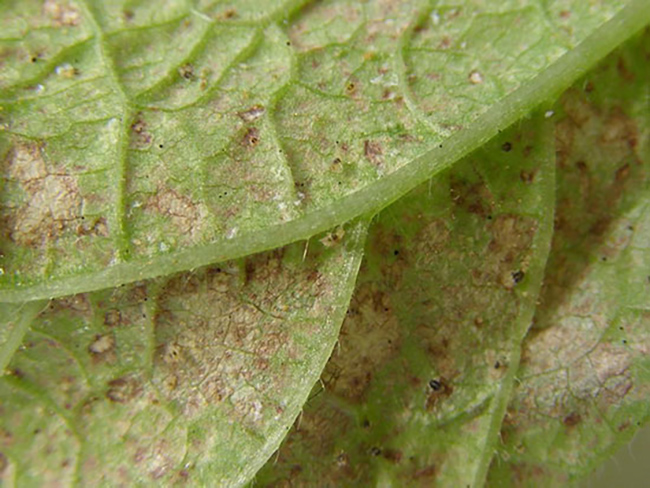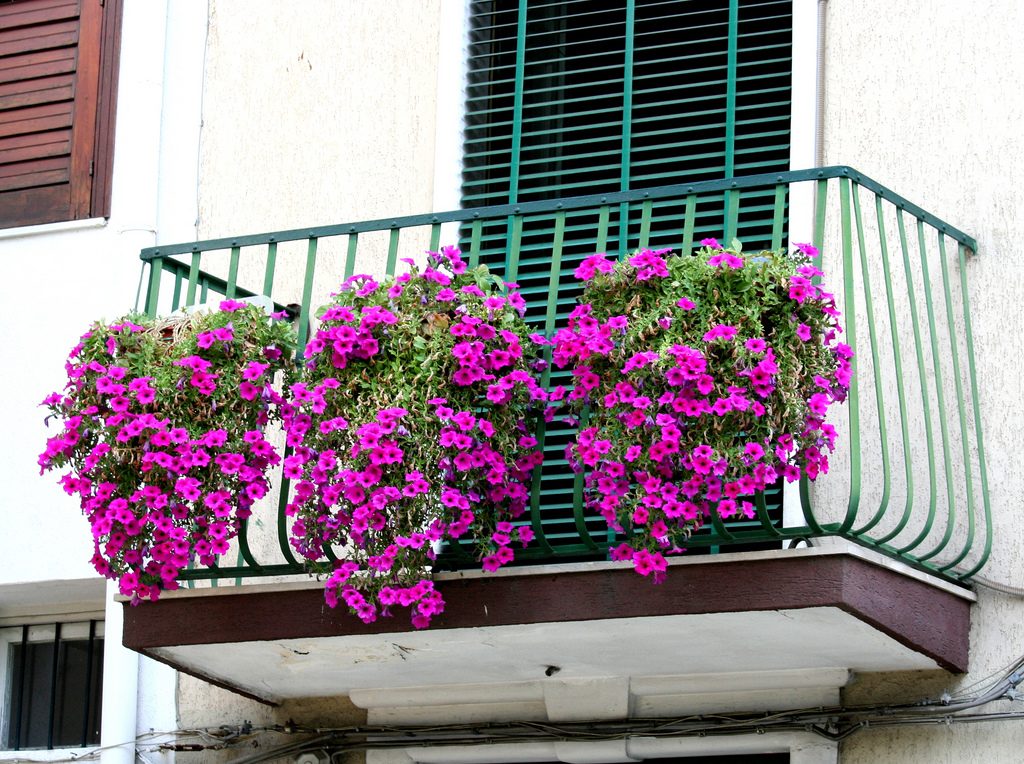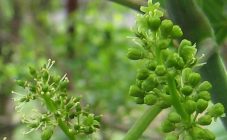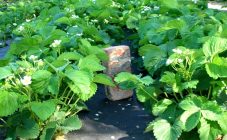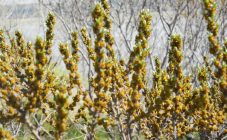Content:
Ipomoea is a beautiful liana of the genus of flowering plants of the Vyunkov family. She has beautiful flowers - cute colored gramophone - and heart-shaped leaves. Asia and South America are considered the birthplace of this bindweed. It follows from this that the plant is thermophilic. In southern countries, it is grown as a perennial plant, in Russia as an annual. Moreover, the morning glory is unpretentious: it easily tolerates a sharp change in temperature and climate. Garden, terrace, balconies, loggia - these are the places of its main landing.
Flower description
The plant has a long stem, up to 5 m, with many densely planted leaves, over which beautiful flowers with an unobtrusive aroma rise on small legs. Ipomoea inflorescences can be double or simple. The diameter of the flower is 5-20 cm. They bloom at the beginning of summer and are pleasing to the eye until frost. Flowers can be:
- crimson;
- blue;
- purple;
- white;
- pink;
- blue;
- purple;
- striped.
Growing at home
In place of dried flowers, seed boxes are formed. Having ripened, they crack, and the seeds fall to the ground, where seedlings will appear next year. But nevertheless, self-seeding morning glory can reproduce only in regions with the warmest climate. In Central Russia and to the north, it is grown using seedlings. So there is more chance of catching her flowering in summer.
Seed preparation
The day before planting, the seeds are soaked in hot water. And it will not be superfluous to place them between sheets of sandpaper before soaking and rub lightly.
Landing in the ground
The prepared seeds are sown 3-5 pieces in one hole, covered with earth and watered moderately. The first shoots will appear in about a couple of weeks. As soon as 4-6 leaves grow, pinch the top of the shoot for the lateral shoots to grow.
Planting seedlings
In April, the prepared seeds are planted in a separate container, since this species does not like transplants. A peat tablet and a glass can be used as a landing container. It is best to prepare the soil yourself. It should include earth, sand and peat in equal proportions. Then the seeds are buried in the soil mixture, watered, and the cups are placed in a plastic bag so that the first shoots appear faster. If the air temperature in the room is 20-22 ° C, then the sprouts will hatch in 1-1.5 weeks.
Seedlings are planted in a permanent place at the end of May, when the soil warms up and the temperature at night will be at least 5-8 ° C.
Ipomoea should be planted on the sunny side, as it is very photophilous. But in order for a flower that opens for only one day to be open longer, you need to provide the plant with a light shade in the afternoon.
Support preparation
It is clear that if the morning glory is a bindweed, then she needs a support on which she could curl. It can be built from:
- chain-link mesh;
- special mesh for climbing plants;
- lattices;
- pergolas;
- arches.
Further care
In care, as in cultivation, morning glory also does not require extra efforts. It is enough to know the basics.
Watering
The plant is very fond of moisture. When morning glory increases the green mass, watering is needed abundant, but without fanaticism, since it is impossible to overmoisten too much. If watering is reduced, the height of the bindweed will be less, but flowering will come earlier. At this point, each gardener decides for himself what is preferable to him. After the morning glory begins to bloom, watering should be reduced. You can mulch the soil at this time.
Top dressing
For better foliage growth, they are fed with nitrogen-containing preparations, but you must strictly observe the rate, otherwise you will not get proper flowering.
After the morning glory has bloomed, fertilizing is also recommended. Thanks to feeding, the flowers will be larger and stay open longer. At this time, phosphorus-containing substances are introduced. During the period of lush flowering, phosphorus-potassium fertilizers are suitable. You can simply scatter the granules around the bush and water gently, or you can dilute it in water and spray the bush completely with a solution.
Why does morning glory not bloom
It often happens that everything seems to be done correctly, but morning glory does not bloom. What are the reasons? And how to make it bloom? The problem may be hiding in an initially incorrect fit. It is very important to find a suitable place for the flower. This bindweed is very fond of the sun, so it is worth choosing well-heated areas without drafts. Doesn't like morning glory on heavily fertilized or heavy soil. An excellent option would be a moderately loose nutrient soil without an excess of nitrogen.
Also, morning glory can stop flowering due to diseases or pests. It is affected by viral and fungal diseases (white rust, anthracnose) and various rot (root, stem, black, soft). This bindweed is infected with fungi through the moist soil in which the spores were located. And, as you know, humidity is a suitable environment for the reproduction of fungal diseases. With such a misfortune, especially in the early stages of the disease, you can fight by removing the rotten areas and treating the entire bush with a fungicide.
Morning glory is a poisonous plant, but, nevertheless, insects are not afraid of this. Flowers like to spoil:
- Whitefly is a butterfly with white wings, which is located on the underside of leaves, lays eggs there. From them in the future, larvae appear with an exorbitant appetite. They suck the juice out of the leaves. In their habitats, yellowish spots are formed, and the greenery dries up and falls off. The damaged plant lacks strength and nutrients, so it either does not bloom at all, or blooms very poorly. These butterflies move very quickly, leaving their offspring everywhere. Therefore, the fight against them should be started immediately, having noticed the first signs of defeat. Experienced florists advise you to hang up ordinary sticky tapes that catch flies (sold at any hardware store) or use insecticides. The latter should be treated with plants 3-4 times with an interval of 4-5 days.
- Aphid. Yellow spots on the leaves indicate its appearance on the plant. The insect sucks juices and secretes honeydew, on which soot fungi settle. Having found such damage, the infected leaves must be removed, and the plant must be sprayed with insecticides.
- If the plant is not watered enough, it can be attacked by a spider mite. Its larvae feed, sucking all juices from the plant, like aphids. You can find an unexpected guest by the spider web on the leaves.The affected greens can no longer be saved, so the leaves must be removed: cut off and burned, and the plant should be sprayed with insecticides.
Neighborhood with other plants
Ipomoea gets along well in common flower beds and flower beds with other plants. It looks especially impressive next to lianas: wild grapes, ivy, hops. Do not plant a flower close to those plants that most affect aphids and spider mites. Better to plant onions and garlic near it.
Growing on the balcony
Ipomoea does not need a lot of soil, so it can be perfectly grown on the balcony. Many flower growers plant a bindweed on the sides of the loggia and pull on a twine support. In a couple of months, a living screen of charming flowers is ready. Cultivating morning glory on the balcony is absolutely no different from growing bindweed in the garden. One has only to choose the right place where to plant it. The flower grows beautifully on the south, east or west sides. If the balcony faces the north side, there is a risk not to wait for flowers until frost.
Observing these simple rules, you can grow a beautiful morning glory that will bloom every day in a new way to the envy of all neighbors. And it does not matter that the life of flowers is only one day. Due to the endless appearance of new buds, this minus is not noticeable.
